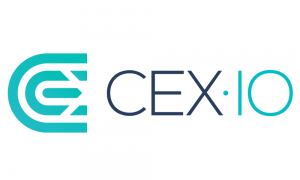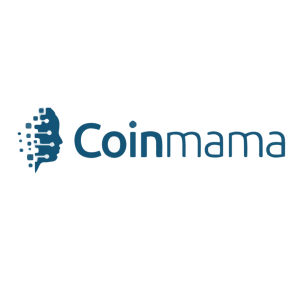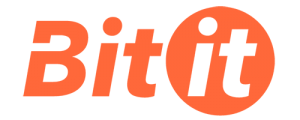Bitcoin is the world’s first decentralized digital currency. It is different than any currency you’ve used before, so it’s very important to understand some key points.
Who makes it?
This currency isn’t physically printed in the by a central bank like dollars, or euros. Those banks can simply produce more money to cover the national debt, thus devaluing their currency.
Instead, bitcoin is created digitally, by a community of people that anyone can join. Bitcoins are ‘mined’, using computing power in a distributed network. You can think of this distributed network like a ledger, where every transaction ever made is written down and stored.
This network also processes transactions made with the virtual currency, effectively making it its own payment network.
Unlike government issued money that can be inflated at will, the supply of Bitcoin is mathematically limited to twenty one million bitcoins and that can never be changed. However, these coins can be divided into smaller parts (the smallest divisible amount is one hundred millionth of a bitcoin and is called a ‘Satoshi’, after the founder of bitcoin).
Who controls it?
No one controls it. Bitcoins aren’t printed, like dollars or euros – they’re produced by people, and increasingly businesses, running computers all around the world, using software that solves mathematical problems. This is what is meant by the term decentralized.
Who created it?
In late 2008 a cryptographer called Satoshi Nakamoto proposed bitcoin, which was an electronic payment system based on mathematical proof. The idea was to produce a currency independent of any central authority, transferable electronically, more or less instantly, with very low transaction fees. No one knows who Satoshi is, or was, and so there is an air of mystery surrounding this issue.
What is bitcoin based on?
Many years ago conventional currencies were based on gold or silver. Theoretically, you knew that if you handed over a dollar at the bank, you could get some gold back (although this didn’t actually work in practice). However, it isn’t based on gold; it’s based on mathematics and the idea of a blockchain. What is a blockchain? Read this page to find out.
Around the world, people are using software programs that follow a mathematical formula to produce bitcoins. The mathematical formula is freely available, so that anyone can check it. This process is called mining and it becomes progressively harder over time so that know only specialised computers known as ASICs are the only ones capable of mining bitcoins in any meaningful timeframe.
it relies on a network of computers, or nodes, across the globe to maintain and validate a public ledger of transactions, known as the blockchain. This decentralization and transparency form the bedrock of Bitcoin’s security and trustworthiness.
The blockchain is essentially a chain of blocks, where each block contains a list of recent transactions. When a Bitcoin transaction is made, it’s broadcasted to the entire network. The nodes, or miners, then gather these transactions and try to create the next block for the chain. However, to prevent fraud and maintain the integrity of the network, these blocks must be verified through a consensus mechanism known as proof-of-work.
Proof-of-work is a complex mathematical problem that miners need to solve. This problem involves finding a unique value, known as a nonce, that when hashed with the transaction data and the hash of the previous block, results in a hash that meets certain predefined conditions. The first miner to solve the problem announces it to the network, and if the other nodes confirm the solution, the block is added to the chain. This process is called mining because the miner who solves the problem is rewarded with new Bitcoins, a bit like a gold miner striking gold. This incentive encourages miners to continue supporting the network.
It’s worth noting that the mining process is designed to be difficult and resource-intensive. This is to prevent any single entity from controlling the network and to ensure the security of transactions. Over time, the difficulty of the proof-of-work algorithm adjusts depending on the total computational power of the network, ensuring that blocks are added to the blockchain approximately every 10 minutes.
In summary, Bitcoin’s blockchain and mining process combine to create a secure, decentralized currency system. The blockchain ensures transparency and traceability of transactions, while the mining process, through the proof-of-work mechanism, ensures the integrity and security of the network.
The software is also open source, meaning that anyone can look at it to make sure that it does what it is supposed to. One very important aspect of bitcoin is where and how to buy bitcoin.
Where to Buy and Sell Bitcoin
|
Exchange |
About |
Based | |
 |
Coinbase operates one of the most popular wallets and is an simple way to buy bitcoin. $10 bonus on sign up. |
USA | |
| |
Localbitcoins matches buyers and sellers online and in-person, locally worldwide. |
Finland | |
 |
Cex.io claims to be one of the fastest ways you can buy bitcoin. |
USA | |
 |
Coinmama allow purchases with credit and debit cards for verified users. |
Israel | |
 |
Paxful enables you to buy from paypal, and you can use Amazon gift cards too. |
USA | |
 |
Bitit.io you can Bitcoin in 50 countries, with a credit card or cash. |
France |